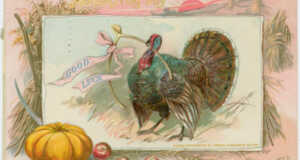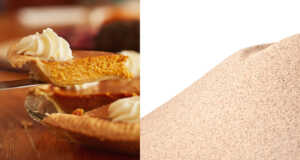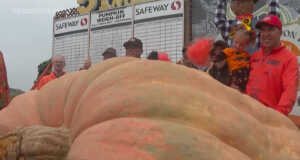Come springtime certain foods come to mind — glazed bone-in ham, cheesy scalloped potatoes, mile-high coconut cake, and the pièce de résistance — chocolate, lots of chocolate! Mini Eggs and Creme Eggs made famous by the across-the-pond chocolate producer Cadbury have formed a bond in everyone’s memory (and maybe formed some cavities as well). But as of a few years ago, the chocolate world, especially the international chocolate world, has changed because the British chocolate we see here is not British chocolate. Imported chocolate from England is illegal, and the tension created a chocolate control war of sorts.

Buying British chocolate was never an issue that made people bat their eyes. In the late 1970s, Cadbury Schweppes bought Connecticut-based candy manufacturer Peter Paul, for fifty-eight million dollars. This gave Cadbury ownership of candies like Mounds, Almond Joy, and York Peppermint Patties, but that wasn’t the only reason. Buying Peter Paul gave the British chocolate maker a foothold in the American market. Having a candy manufacturer on US soil made it much easier to sell and distribute to the American retailers and avoid the taxes and tariffs that come alongside imported goods.
Whether Hershey’s was threatened by the potential success of Cadbury, it’s hard to say, but Hershey’s took notice and by the mid-1980s, started creating a contract to buy out the competition.
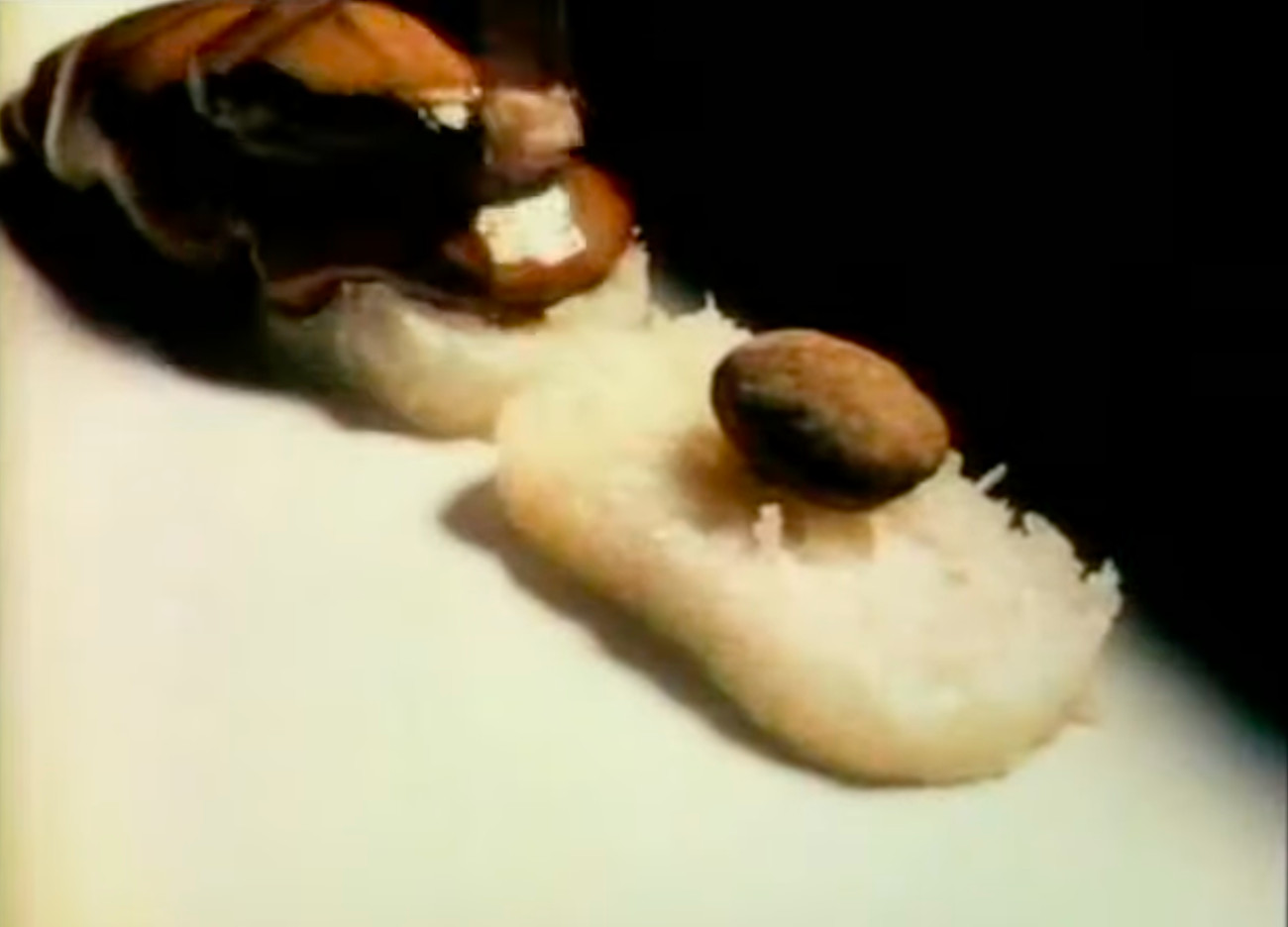
While Hershey’s couldn’t buy Cadbury outright, a three-hundred million dollar deal signed, Hershey’s got ownership of the Cadbury-owned plants. With this contract Hershey’s controlled the production not just of the Peter Paul candies, but also of Cadbury’s famous confections like Creme Eggs, Dairy Milk, and Caramellos. Talk about national chocolate domination!
During this time, importing UK-made Cadbury chocolate was still a viable option. Yet in 2015, Hershey took legal action to protect US-manufactured sales of Cadbury. Under the restrictions of the previous 80s buyout, Hershey’s and the formula used by Hershey’s was the only one that could be legally sold and distributed in the states. Hershey’s forced the UK-made chocolate off of American soil.
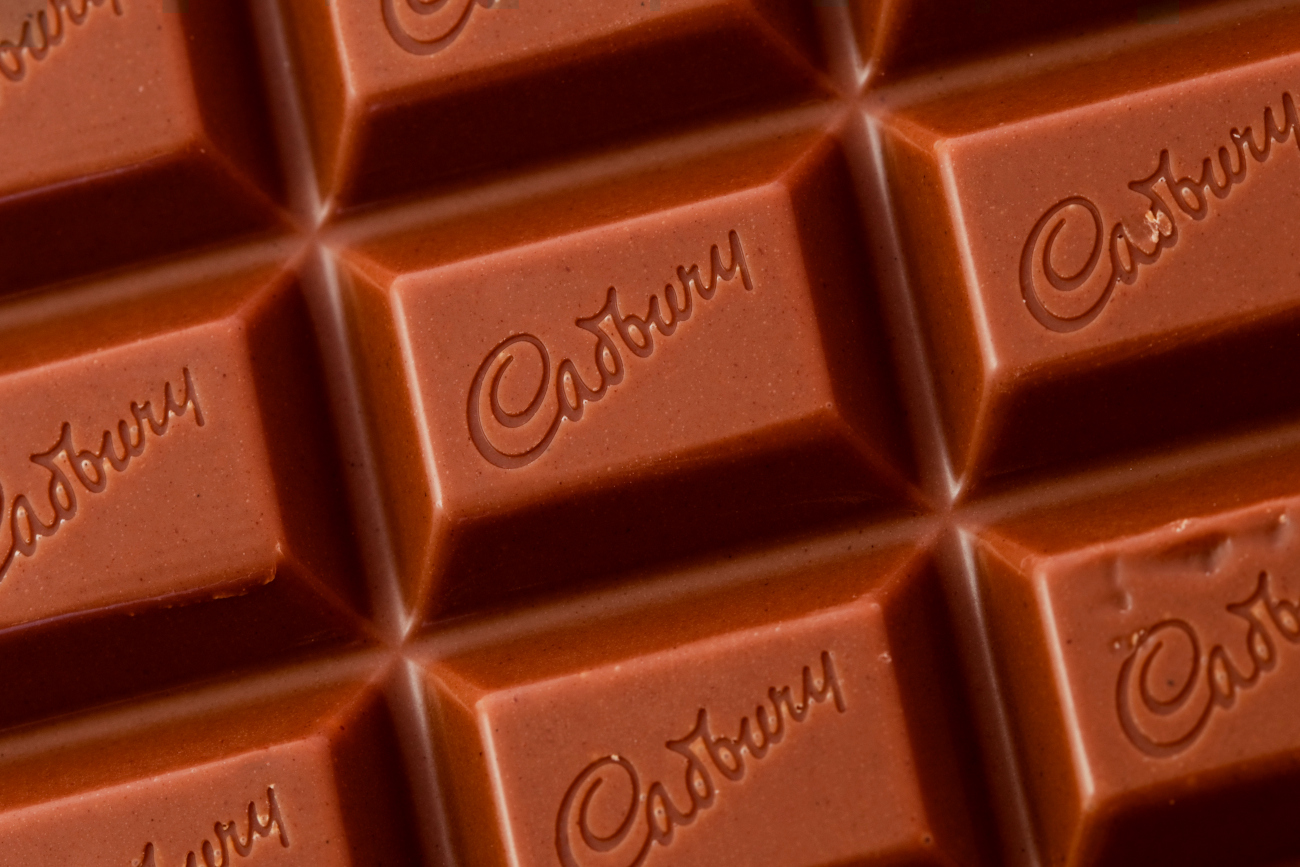
The differences are slight but not impactful — so they say. In the US, chocolate bars have to contain 10% pure cocoa, and in the UK, the number is 30%. When you see a big number like 30%, you must think that the UK chocolate had more cocoa. However, it probably has a smaller amount because the percentage allows for both cocoa bean and cocoa fat to be included in this ratio.
Fat ratios are also different: FDA rules dictate that US chocolate bars can only use cocoa fat as fat in the bars, yet UK and EU regulations allow chocolate bars to add vegetable oil in tandem with the cocoa fat. Spokespeople defending US-manufactured Cadbury insist everything is the same, and these two differences aren’t enough to lessen the quality. But it doesn’t take a food expert to understand the importance of fat for taste and texture. In reality, these factors surely affect the flavor and mouthfeel.
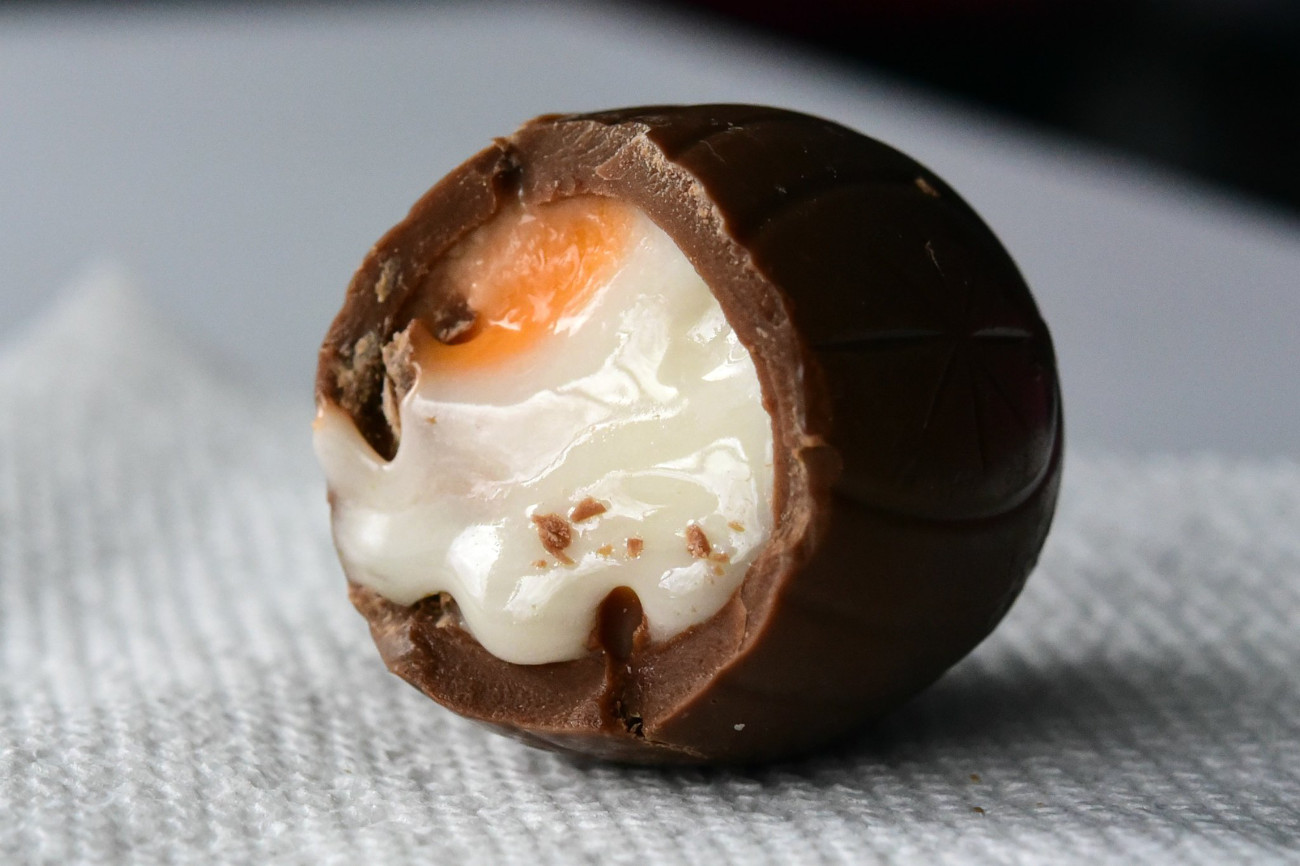
So what can be done? Unfortunately, very little. Since 2015, the UK chocolate ban is still in effect, and getting UK chocolate can only be done through niche markets and means. Care for a trip to England, anyone? Essentially the taste of our favorite Easter treat is forever different and (many argue) less dreamy.
Do you remember eating the UK-made Cadbury chocolate before it became illegal? Was the taste different from the Cadbury made in America today?



